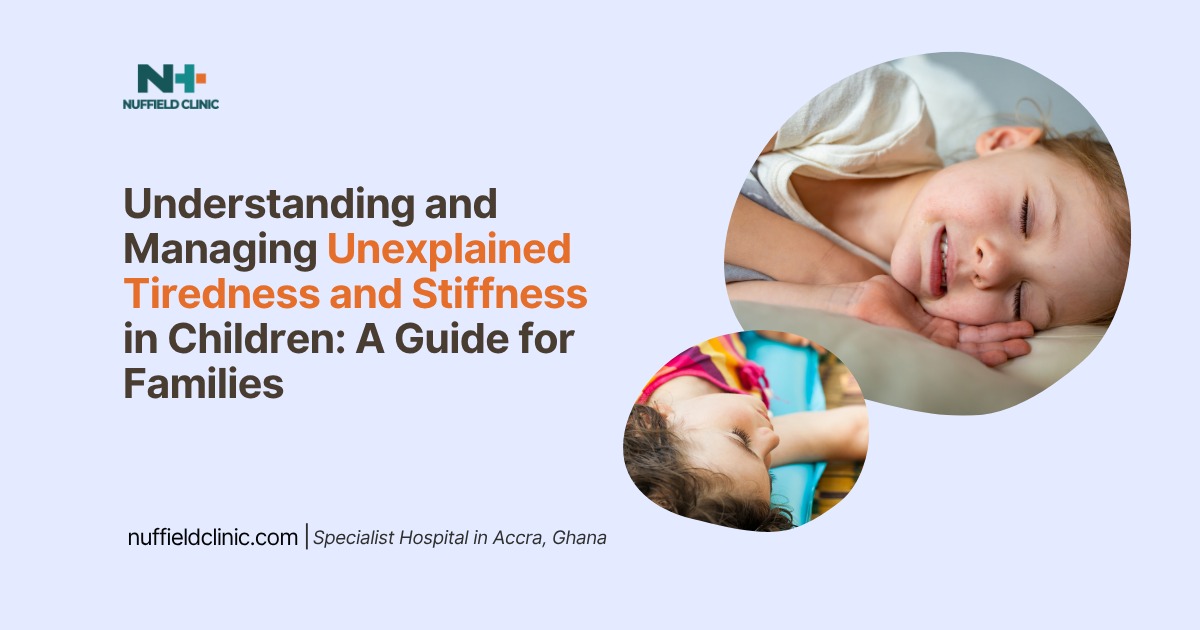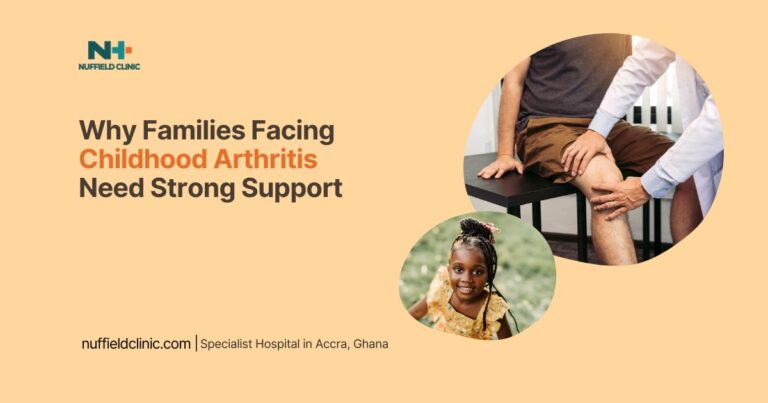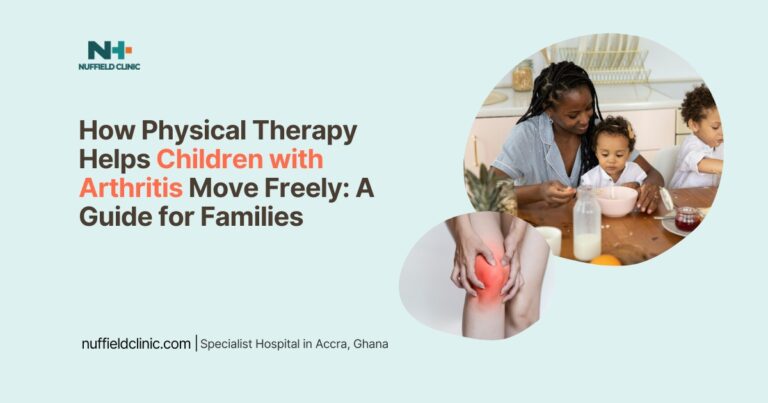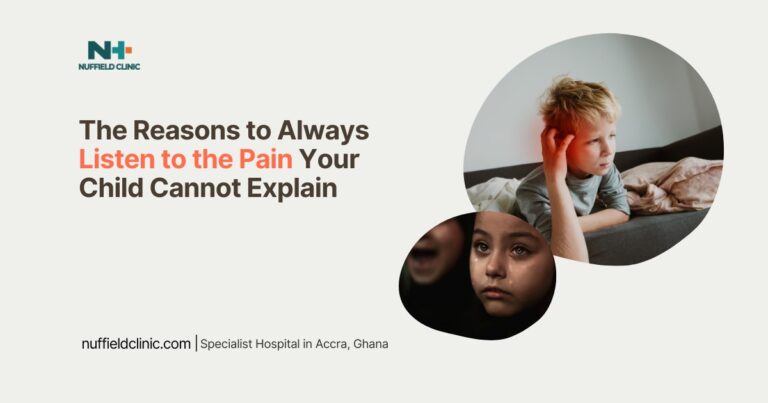Understanding and Managing Unexplained Tiredness and Stiffness in Children: A Guide for Families

How do you manage tiredness for no reason in your child, and what are the causes. What is behind stiffness in your child? Children often go through phases where they seem more tired than usual or complain of stiffness and aches. These symptoms can be subtle and are often dismissed as part of growing up. However, there are times when they are indicators of underlying issues that require a closer look. Parents, with their detailed knowledge of their child’s usual patterns, are well-placed to spot small but significant changes early.
When Fatigue and Stiffness Raise Concern
Tiredness in children may arise from perfectly normal causes such as busy school schedules, poor sleep routines, emotional stress, or even a viral infection that has recently resolved. Similarly, stiffness might follow after vigorous play or activity. In most of these cases, symptoms improve with rest and routine adjustments.
That said, persistent or worsening fatigue and stiffness, especially when occurring together or accompanied by other symptoms, should prompt further investigation. A child who remains tired beyond one or two weeks, or who begins to struggle with activities they previously managed comfortably, may be signalling that something more complex is going on. Additional signs such as swollen joints, persistent low-grade fever, irritability, rash, or unexplained weight loss add important context and often point to medical conditions that require early intervention.
Parents may also notice indirect signs, such as changes in appetite, difficulty waking up, reluctance to play, or a limp without obvious injury. Sometimes, a child may stop participating in sports or prefer sitting out during playtime. These behavioural shifts, especially if paired with physical complaints, form a picture that should not be ignored.
Looking Beyond the Surface: What Could Be Causing It?
A wide range of conditions may lie behind ongoing tiredness or joint stiffness in children.
Anaemia, for instance, reduces the body’s capacity to transport oxygen, leading to tiredness, pale skin, and poor endurance. Nutritional imbalances or chronic illnesses may contribute to this.
Some children may have metabolic conditions such as McArdle disease or other rare disorders that limit energy production in muscles, making exercise particularly difficult or painful. These may show up as early fatigue, muscle cramps, or weakness.
Chronic fatigue syndrome (ME/CFS), though less common, can cause persistent exhaustion that worsens with physical or mental effort. Children with ME/CFS often struggle with brain fog, unrefreshing sleep, and a general decline in function. This condition is usually considered only after other possibilities have been ruled out.
Other times, the cause may be rooted in the immune system. Autoimmune diseases like Juvenile Idiopathic Arthritis (JIA), Lupus, or Juvenile Dermatomyositis lead to the body mistakenly attacking healthy tissues, often resulting in joint pain, stiffness, swelling, and systemic fatigue. These diseases can present gradually and vary greatly in severity and symptom combination.
In rare instances, malignancies such as Leukaemia may present with tiredness, joint pain, or weight loss before any other obvious signs appear. Parents may notice their child is pale, more withdrawn, or unusually prone to bruising.
Decoding the Limp: A Clue to Deeper Issues
Stiffness or a limp that appears without clear injury deserves attention. While most limps in children stem from minor injuries, if no cause is clear, or if the limp persists for more than a couple of days, it becomes necessary to explore further. For example, transient synovitis is a temporary inflammation of the hip joint that may follow a viral illness, often resolving on its own. However, conditions like septic arthritis, a joint infection, can present similarly at first but worsen quickly and require emergency care.
Some children experience growing pains, particularly at night. These are typically harmless and resolve without intervention. However, pain that is worse in the morning, accompanied by swelling or warmth in the joints, or that interrupts sleep, is not typical of growing pains and may point to inflammatory conditions such as JIA.
Serious Underlying Causes Not to Overlook
Several orthopaedic or developmental conditions must be considered when evaluating ongoing stiffness or fatigue. These include:
- Slipped Capital Femoral Epiphysis (SCFE), more common in preteens and teenagers, involves the hip joint and causes pain in the groin, thigh, or knee. It may present as a limp or reduced activity.
- Legg-Calvé-Perthes Disease, affecting younger children, can lead to hip pain and altered gait.
- Juvenile Idiopathic Arthritis, which often presents with morning stiffness and fatigue, may be overlooked unless parents note recurring symptoms and report them.
Infectious causes like osteomyelitis or discitis may begin with vague complaints but can progress to serious infections involving bones or the spine. Similarly, neurological conditions may present with gait changes or floppiness before more obvious motor symptoms appear.
Some children may have overuse injuries, especially during growth spurts or periods of intense physical activity. These can affect tendons and growth plates, causing pain and temporary functional limitations.
When to Take Action
Parents are encouraged to seek medical review when symptoms do not improve with time or begin to interfere with daily activities. Warning signs include:
- Joint swelling or warmth
- Limping that continues without injury
- Morning stiffness that gets better during the day
- Night pain that wakes the child
- Persistent fatigue, especially if paired with fever, rash, or appetite changes
- Refusal to walk, jump, or engage in usual activities
At times, early signs of serious illness may resemble more benign issues. A thoughtful and comprehensive medical evaluation is essential to rule out potentially serious diagnoses and start timely treatment where needed. Pediatric assessments may include blood work, imaging, and referrals to specialists, depending on the clinical picture.
Supporting Your Child Through the Process
During evaluation and recovery, families play a key role. Keeping a symptom diary can help clinicians understand the timeline and progression. Noting factors such as time of day when symptoms are worst, activity tolerance, changes in sleep or appetite, and any new physical signs can significantly aid diagnosis.
Engaging with a pediatric specialist can provide reassurance, guidance, and, if needed, a structured plan to investigate and manage the symptoms. Early involvement improves outcomes, particularly in conditions where delays could lead to joint damage or long-term mobility issues.
If your child shows signs of unexplained tiredness or stiffness, book a consultation with a pediatric specialist at Nuffield Clinic today.







